CE Courses
Registration is Open for AAHP’s Continuing Education Courses Hosted Saturday, July 6 in Orlando, FL Prior to the IRPA/HPS Event
If you are planning to attend the 2024 IRPA 16th International Congress/69th HPS Annual Meeting this summer in Orlando, be sure to arrange an early arrival to take advantage of the AAHP-hosted continuing education courses. The CE courses offer a great opportunity for in-person education and networking with other AAHP members in advance of the main event. Attendees will have the option to select from seven courses of varying lengths, including some which can be attended virtually. Those who complete the workshops will earn 2 CECs per hour towards their CHP recertification.
Separate registration will be required for these workshops and will be available through AAHP directly. These courses are not part of the HPS Annual Meeting program. Registration is available on the AAHP website.
Courses Include:
8:00 am - 5:00 pm, 8 hours (16 CECs)
Presented by Mark Linsley and Austin Olson; Technical Resources Group, Inc.
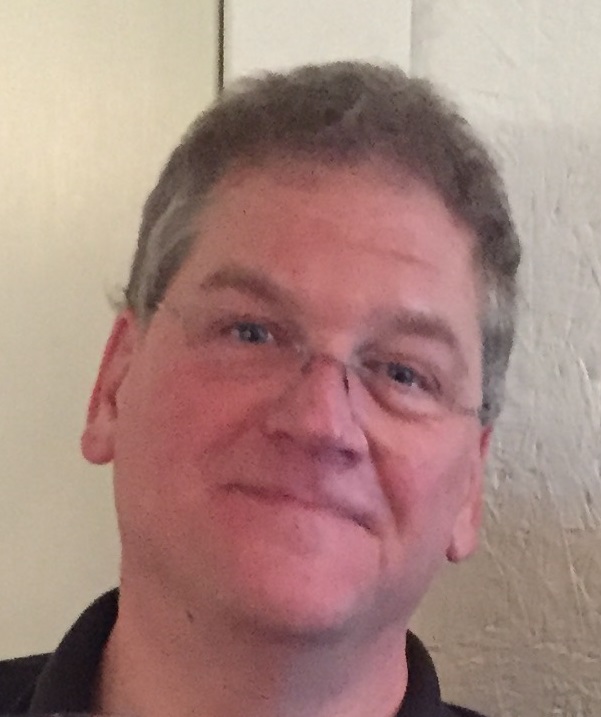
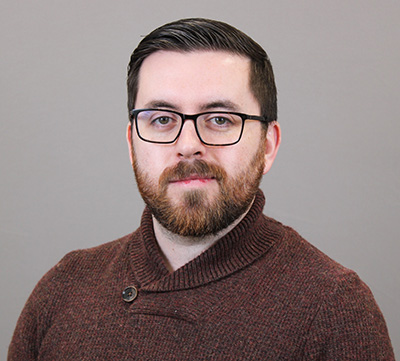
The Department of Energy’s Transportation Emergency Preparedness Program (DOE TEPP) has developed a suite of free planning, training, and exercise resources designed to help all branches of first response agencies manage a radiological transportation accident. These sessions will summarize those resources and provide attendees with the opportunity to complete a condensed Modular Emergency Response Radiological Transportation Training (MERRTT) Train-the-Trainer program. Attendees will need to complete all three sessions (1-F, 2-F, and 3-F) to receive their instructor’s certification and flash drive containing all the course material.
The MERRTT program consists of multimedia rich training material that includes PowerPoint presentations, videos, practical exercises, student guides, instructor guides, test material, and regionally available training aids. MERRTT takes the complex topic of a radiological transportation accident response and breaks it down into 14 easily understood modules and hands-on practical exercises. Attendees of the program are presented with information that simplifies the topic while developing a comprehensive understanding of radioactive material, radiological survey instruments, decontamination techniques for handling radiologically contaminated victims, and local, state, and federal resources available to responders during an emergency. An important element of the training is detailed information on the types of packages used to transport radioactive material. Upon successful completion of the MERRTT course, students receive a certificate from DOE TEPP that includes up to 9.0 continuing education hours (CEH) for medical response personnel. MERRTT also meets the Waste Isolation Project Plant (WIPP) Land Withdrawal Act training requirements and is listed on the Department
8:00 am – 12:00 pm, 4 hours (8 CECs)
Presented by Gregory D. Espenan
The field of theranostics has expanded dramatically over the last 30 years and provides a two-pronged approach to diagnosing and treating cancers through the use of radiopharmaceuticals. A diagnostic drug first identifies if the patient is a good candidate for treatment; then, if the patient demonstrates good uptake, a therapeutic drug is administered to treat their cancer. These drugs selectively bind to specific cell types in the body to provide targeted therapy and their use has expanded to include the treatment of cancer types which previously had no effective therapies available. This presentation will discuss the process of producing these radiopharmaceuticals and the pathway necessary to achieve regulatory approval. This presentation will cover clinical action and effectiveness, the methods needed to handle radioactive patients, the methods for determining organ burdens and patient dosimetry, and the future of radiopharmaceutical therapy.
- Part 1 Drug Development: Pre-clinical work, testing in cell lines and animals, determining method of action, and initial dosimetry will be discussed. FDA applications for approval to test in humans will be outlined. The phases of clinical trials and what each phase accomplishes, in patient dosimetry, unexpected side effects and radioactive patient management are topics in this section.
- Part 2 Current Drugs: Ga-68 dotatate, Pb-212 dotatate, Ac-225 dotatate, Ga-68-PSMA, Lu-177 PSMA, Zr-89 CAIX, and Lu-177 TLX250 will be discussed. Imaging agents and therapies will be discussed as a number of these drugs are not in wide use.
12:30 pm – 2:30 pm, 2 hours (4 CECs)
Presented by P. Andrew Karam, PhD, CHP, Physicist, Department of Homeland Security
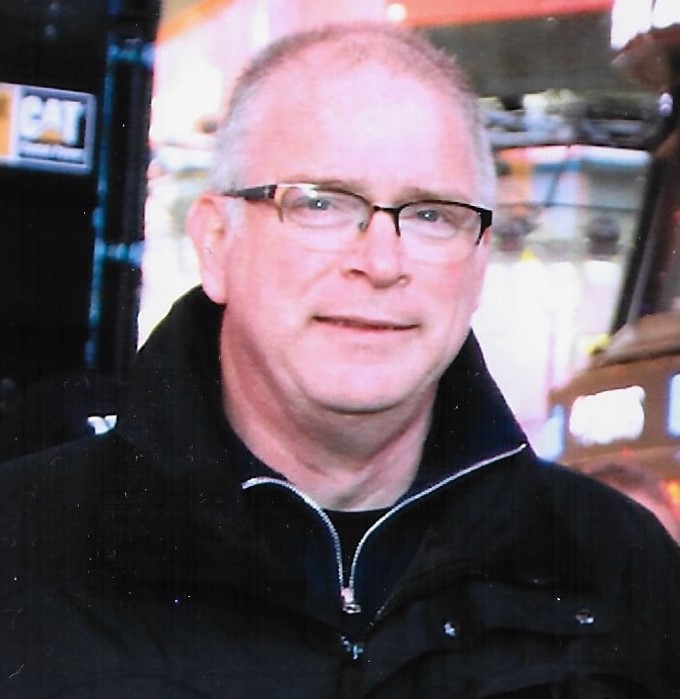
Radiation safety professionals are likely to be involved in any response to a radiological incident. Most radiation safety professionals, however, have little or no experience with emergency response or working with emergency responders, and they may be unaware of some of the tools developed to assist with radiological emergency response. This means that many of the people with the greatest amount of knowledge are likely to be less effective than we would like. The aim of this talk is to help Health Physicists to have a better understanding of some of the issues they might face and the emergency responders with whom they will be working in the event of a radiological or nuclear emergency.
3:00 pm – 5:00 pm, 2 hours (4 CECs)
Presented by Herrold JF (Jim F. Herrold), co-presented by Barnett JM (J. Matthew Barnett)
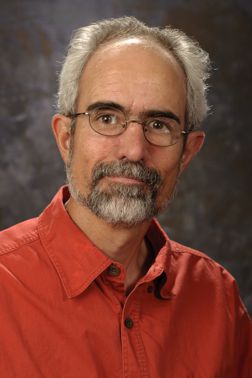
Radiation safety professionals are most likely familiar with performance standards from the American National Standards Institute (ANSI) and the International Organization for Standardization (ISO). Their standards are often adopted by industry, incorporated into regulations, and/or become best practices. Focusing on radiation protection standards committees ISO/TC 85/SC 2 and ANSI/HPS N13, the presenters will tag-team answers to some common questions: Who are ANSI and ISO, and how are they connected? How are national standards incorporated into international standards and how are international standards adopted nationally? What is the process for proposing and writing new standards? How are draft and adopted standards reviewed and edited? Most importantly, how can YOU get involved as a stakeholder, and what are the benefits of active participation in standards? The course will also cover the key differences in processes and style between ANSI and ISO and provide resources for proficiency in writing and editing skills.
8:00 am – 10:00 am, 2 hours (4 CECs)
Presented by Robert Emery, DrPH, CHP, CIH, CBSP, CSP, CHMM, CPP, ARM, Vice President for Safety, Health, Environment & Risk Management, The University of Texas Health Science Center at Houston
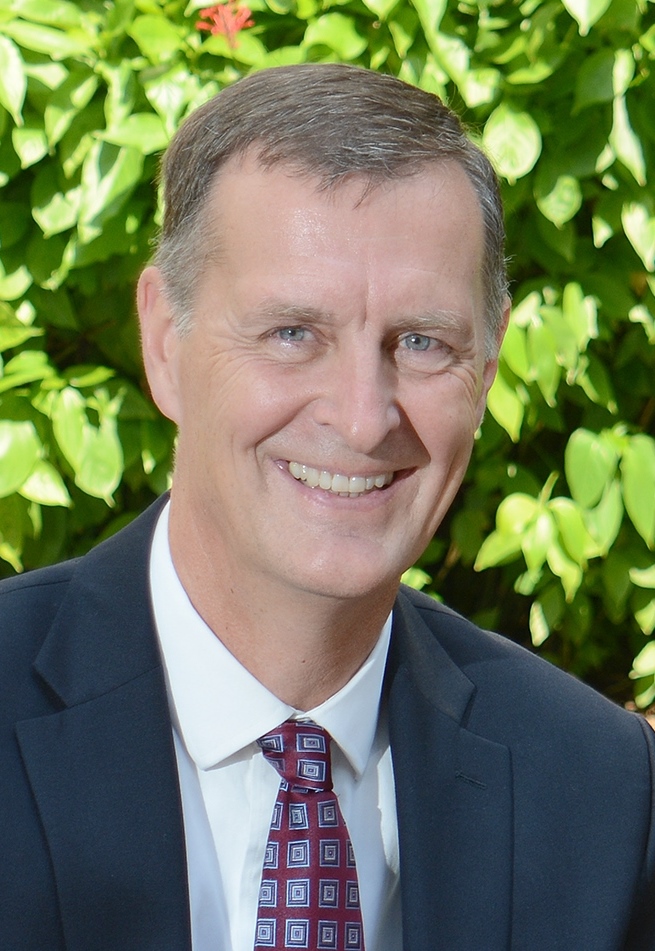
While the codes of conduct maintained by both the Health Physics Society (HPS) and the American Academy of Health Physics (AAHP) provide valuable ethical guidance, they do not taxonomically catalog the types of ethical dilemmas a radiation safety practitioner might encounter in their daily work. This presentation will describe three very common ethical dilemmas encountered by the profession and provide possible resolutions for consideration. The linkage between safety ethics and safety culture will then be presented and discussed. The session will then transition to an open discussion regarding the consideration of a possible requirement for documented ethics retraining each renewal cycle for Certified Health Physicists, as is becoming common practice for several other professional safety organizations.
10:30 am – 12:30 pm, 2 hours (4 CECs)
Presented by Jason E Davis, PhD. CHP - Oak Ridge National Laboratory
This course addresses practical aspects of evaluating the extent, location, and quantity of radioactive material in and around a wound. The course includes an overview of the equipment available for wound counting, and the appropriate use and care of this equipment. Sources of uncertainty in measurements, their impact on dosimetry and medical decision making, and techniques for accounting for these sources of error are also discussed. In-depth approaches to characterizing and minimizing sources of error in wound counts are discussed. Cases involving contaminated injuries involving fission-activation products and transuranic radionuclides are reviewed to emphasize the unique aspects of the care and treatment of contaminated wounds.
1:00 pm – 5:00 pm, 4 hours (8 CECs)
Presented by Andy Miller, MS, CHP, FHPS | Director | Radiation Safety, Cleveland Clinic

Y-90 therapy for liver tumors involves a series of activities to select the proper dose for the treatment, receive the doses, assay them, deliver them correctly and handle waste issues. This course will take students through a team-based process involving interventional radiology, nuclear medicine, nursing, and radiation safety to give an example of a highly reliable operation that is currently in use at a busy academic medical center. We will use actual de-identified case data, data from packages and doses, forms and procedures to show how the process works and some of the issues that arise with discussions for solutions. Both resin and glass Y-90 microspheres will be discussed. Radiation dose rate measurements and estimates from activities will also be discussed.
